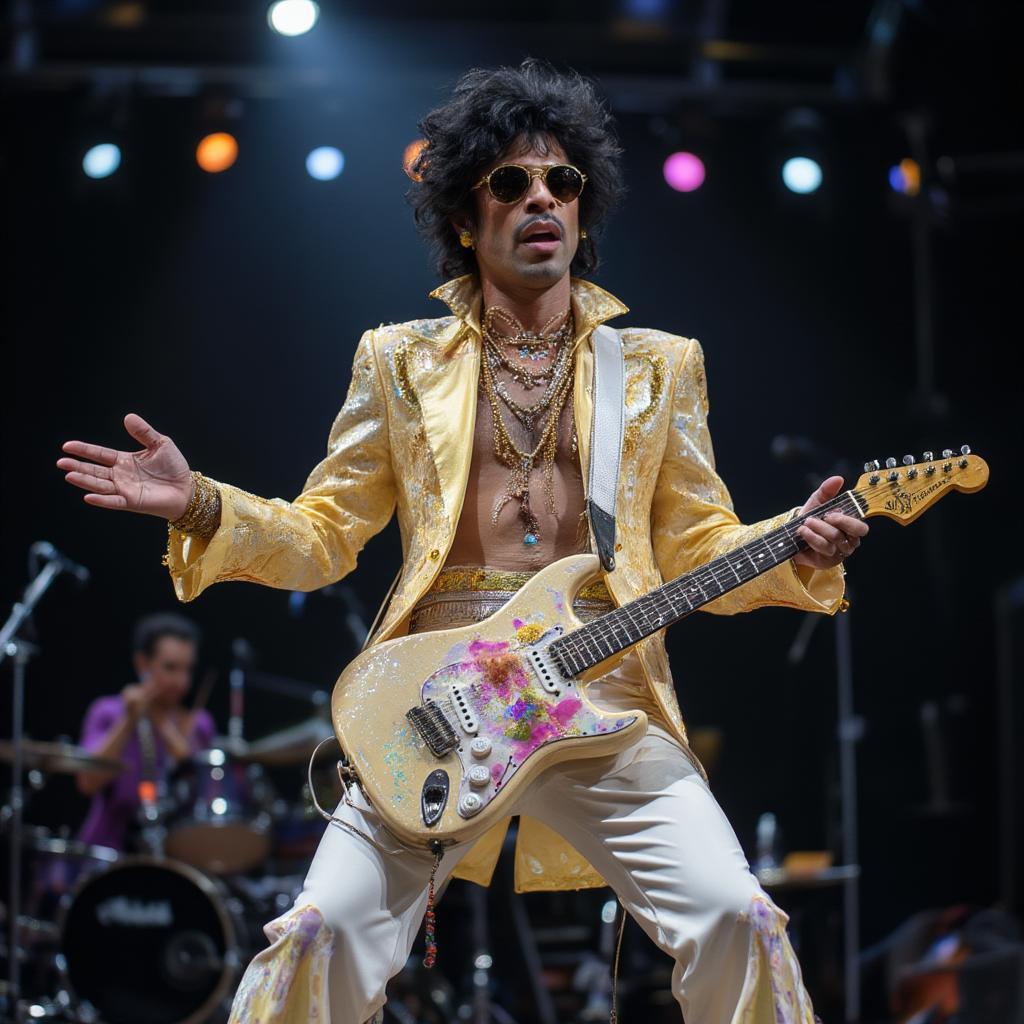Funky Jazz Dance: A Cosmic Groove Odyssey Through Time and Space

Funky Jazz Dance is a vibrant and electrifying fusion of jazz dance technique and the soulful rhythms and improvisational spirit of funk music. This dynamic dance style emphasizes rhythmic precision, isolations, and a strong connection to the music, creating a mesmerizing visual and auditory experience.
The Mothership Connection: Funk’s Landing in Jazz Dance
The roots of funky jazz dance can be traced back to the late 1960s and early 1970s, a period marked by social change and musical innovation. As funk music, pioneered by artists like James Brown and Parliament-Funkadelic, gained popularity, its infectious grooves and syncopated rhythms began to influence the world of jazz dance. This fusion resulted in a new dance vocabulary that incorporated sharp, angular movements, intricate footwork, and a distinct sense of groove. The raw energy and percussive quality of funk infused jazz dance with a fresh, exciting dimension. Check out our collection of funk hits for an auditory journey into the heart of this influential genre.
Grooving to the Rhythm: Key Elements of Funky Jazz Dance
Funky jazz dance is characterized by several key elements that distinguish it from other dance forms. It emphasizes rhythmic complexity, demanding precise execution of syncopated steps and intricate patterns. Isolations, where specific body parts move independently while others remain still, are a fundamental component, allowing dancers to articulate the music with nuance and power. The use of contractions and releases, expanding and contracting the core, adds a dynamic quality to the movement. This dance form embraces improvisation, encouraging dancers to explore their creativity and express themselves within the framework of the music.
What Makes Funky Jazz Dance Unique?
Funky jazz dance’s uniqueness lies in its ability to seamlessly blend the technical precision of jazz dance with the raw, soulful energy of funk music. The interplay between sharp, angular movements and fluid, groovy transitions creates a captivating visual spectacle. The improvisational nature of the style allows dancers to inject their personality and individual flair into the choreography. Funky jazz dance isn’t just about steps; it’s about embodying the music and expressing it through movement. This genre is the ultimate expression of con funk, a term used to describe the feeling and spirit of funk.
Pioneers of the Funk: Influential Figures
Several influential choreographers and dancers helped shape the evolution of funky jazz dance. Among them, Bob Fosse, known for his distinctive style characterized by isolations and angular poses, played a crucial role in bridging the gap between jazz and funk. His work in musicals like “Chicago” and “Cabaret” showcased the theatrical potential of funky jazz movement. Other notable figures include Gus Giordano, whose jazz technique laid the groundwork for many funky jazz innovations, and Luigi, who brought a European sensibility to the style. These pioneers helped codify and popularize funky jazz dance, paving the way for future generations of dancers.
Funky Jazz in the Modern Age: Evolution and Innovation
Funky jazz continues to evolve and adapt in the contemporary dance landscape. Modern choreographers are blending funky jazz with hip-hop, contemporary, and other styles, creating fresh and innovative movement vocabularies. The incorporation of elements from street dance and other vernacular forms adds a new layer of complexity and excitement to funky jazz.

How to Learn Funky Jazz Dance: Getting Started
Aspiring funky jazz dancers can find classes at dance studios, community centers, and online platforms. Look for classes that emphasize technique, musicality, and improvisation. Listen to funk fm to immerse yourself in the music and develop a deeper understanding of its rhythms and nuances. Practice regularly and don’t be afraid to explore your own movement vocabulary.
The Enduring Legacy of Funky Jazz Dance
Funky jazz dance remains a powerful and influential force in the world of dance. Its dynamic movement vocabulary, rhythmic complexity, and emphasis on improvisation continue to inspire dancers and choreographers alike. The soulful spirit of funk, combined with the technical rigor of jazz, creates a dance form that is both challenging and exhilarating. For a deeper dive into the origins of funk, explore the groundbreaking work of George Clinton music. Funky jazz dance is a testament to the enduring power of music and movement to transcend boundaries and connect people. It’s more than just a dance; it’s a celebration of rhythm, soul, and the human spirit.
Conclusion
Funky Jazz dance offers a unique blend of technical proficiency and soulful expression. Its vibrant energy and rhythmic intricacy continue to captivate dancers and audiences worldwide. Whether you are a seasoned dancer or just starting your journey, exploring the world of funky jazz dance promises a rewarding and enriching experience.
FAQ
- What is the difference between jazz dance and funky jazz dance?
- What kind of music is used in funky jazz dance classes?
- What are some basic funky jazz dance moves for beginners?
- Who are some famous funky jazz dancers or choreographers?
- What should I wear to a funky jazz dance class?
- How can I improve my funky jazz dance technique?
- Is funky jazz dance a good workout?
- Where can I find funky jazz dance classes near me?
- What are some tips for improvising in funky jazz dance?




